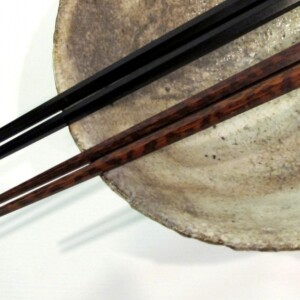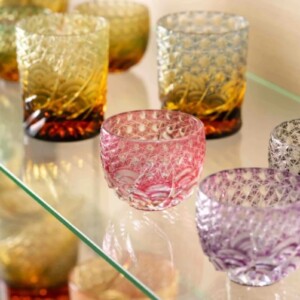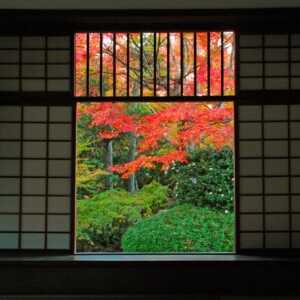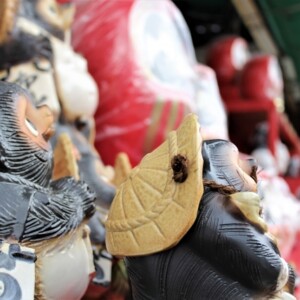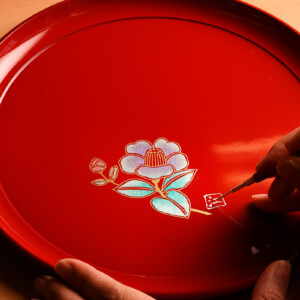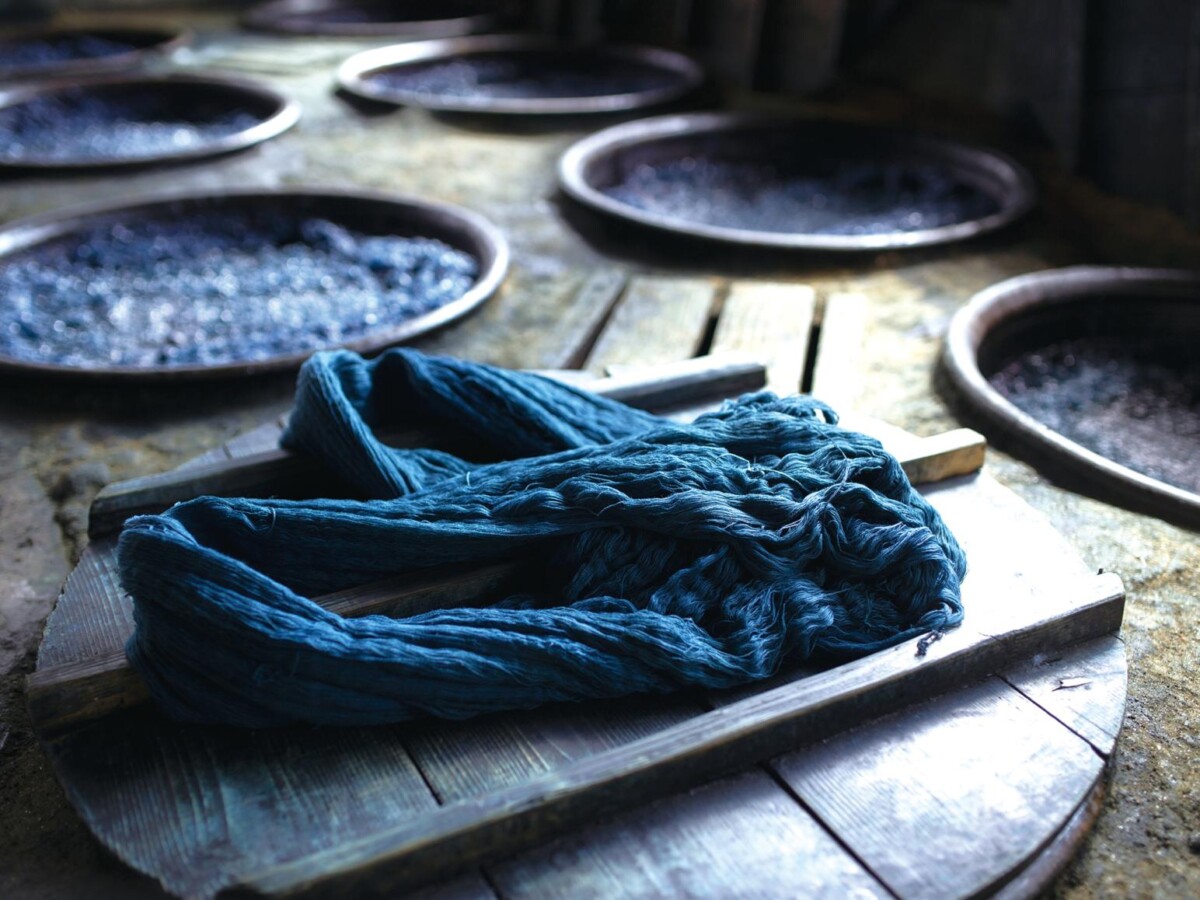
What is Kurume Kasuri? The history and characteristics of Kurume Kasuri are explained.
Have you ever heard of Kurume Kasuri, a traditional handicraft?
Kurume Kasuri is one of the representative textiles produced in Kurume City and surrounding areas in Fukuoka Prefecture. It was invented around 1800 in the late Edo period by a girl born in the castle of the Kurume domain.
Kurume Kasuri is famous as a traditional textile representative of Kurume City in Fukuoka Prefecture, and many people probably travel to Kurume City to see it.
Let us explain what Kurume kasuri is and the history and characteristics of Kurume kasuri.
What is Kurume Kasuri?
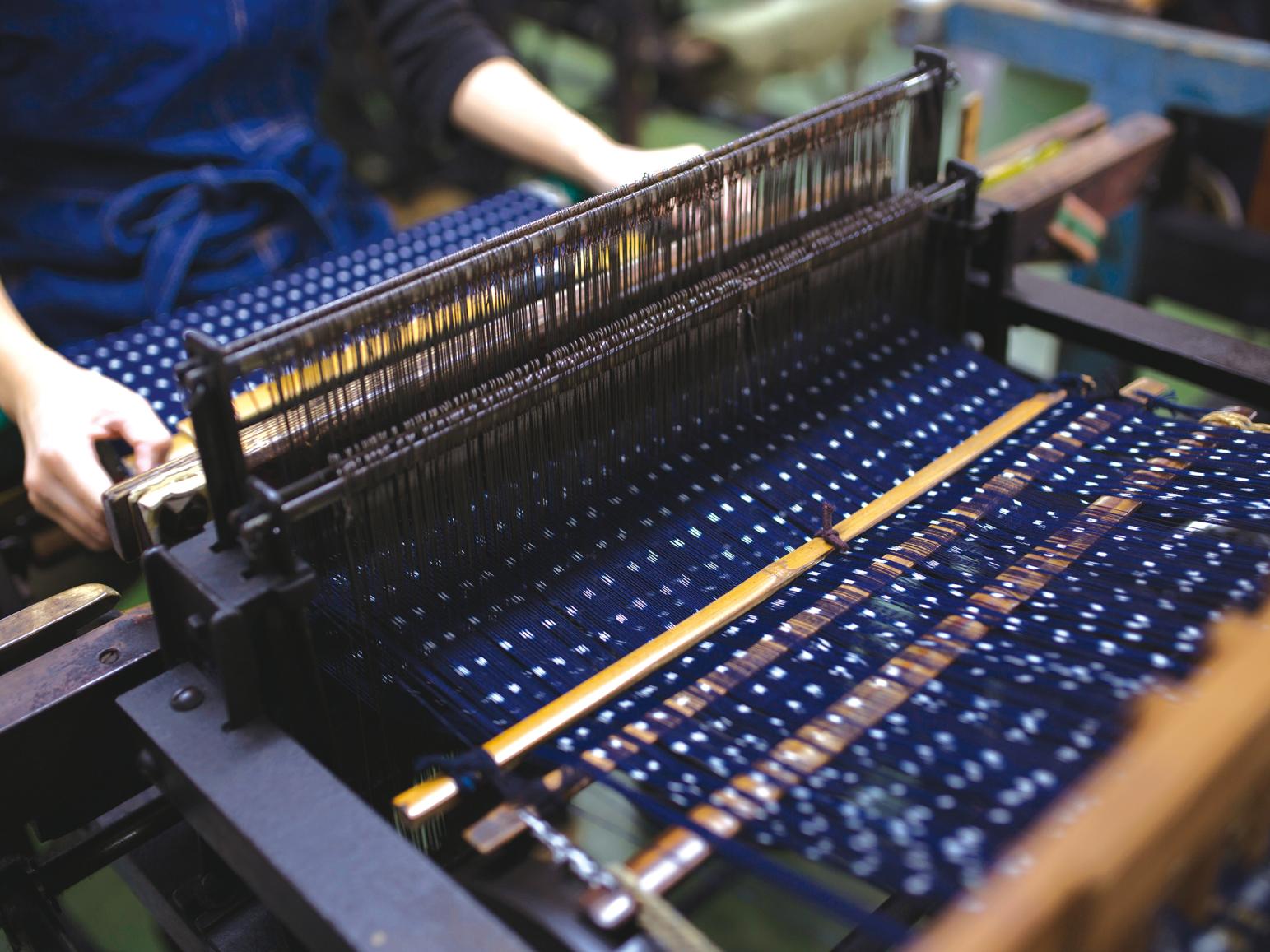
Once again, Kurume Kasuri is a traditional textile representative of Kurume City, Fukuoka Prefecture, and is used for kimonos, clothing, and accessories.
It is manufactured in Kurume City and the surrounding areas of the former Kurume domain, and is woven using threads that have been dyed indigo and white in advance to create the pattern.
Together with Iyo-kasuri and Bingo-kasuri, Kurume-kasuri is famous as one of the three major kasuri in Japan. In 1956, the Kurume-kasuri technique was designated as an important intangible cultural asset, and in 1976, it was designated as a traditional craft by the Minister of International Trade and Industry.
Originally, kasuri was a type of pattern weaving characterized by designs that appear blurred, and generally uses kasuri thread.
The origin of kasuri can be traced back to ancient India. From there, the technique spread to Southeast Asia, including Thailand, Vietnam, and Indonesia, and then to Japan via Taiwan, China, and the Ryukyu Islands.
It was here that Kurume kasuri was invented by a young girl.
History of Kurume Kasuri
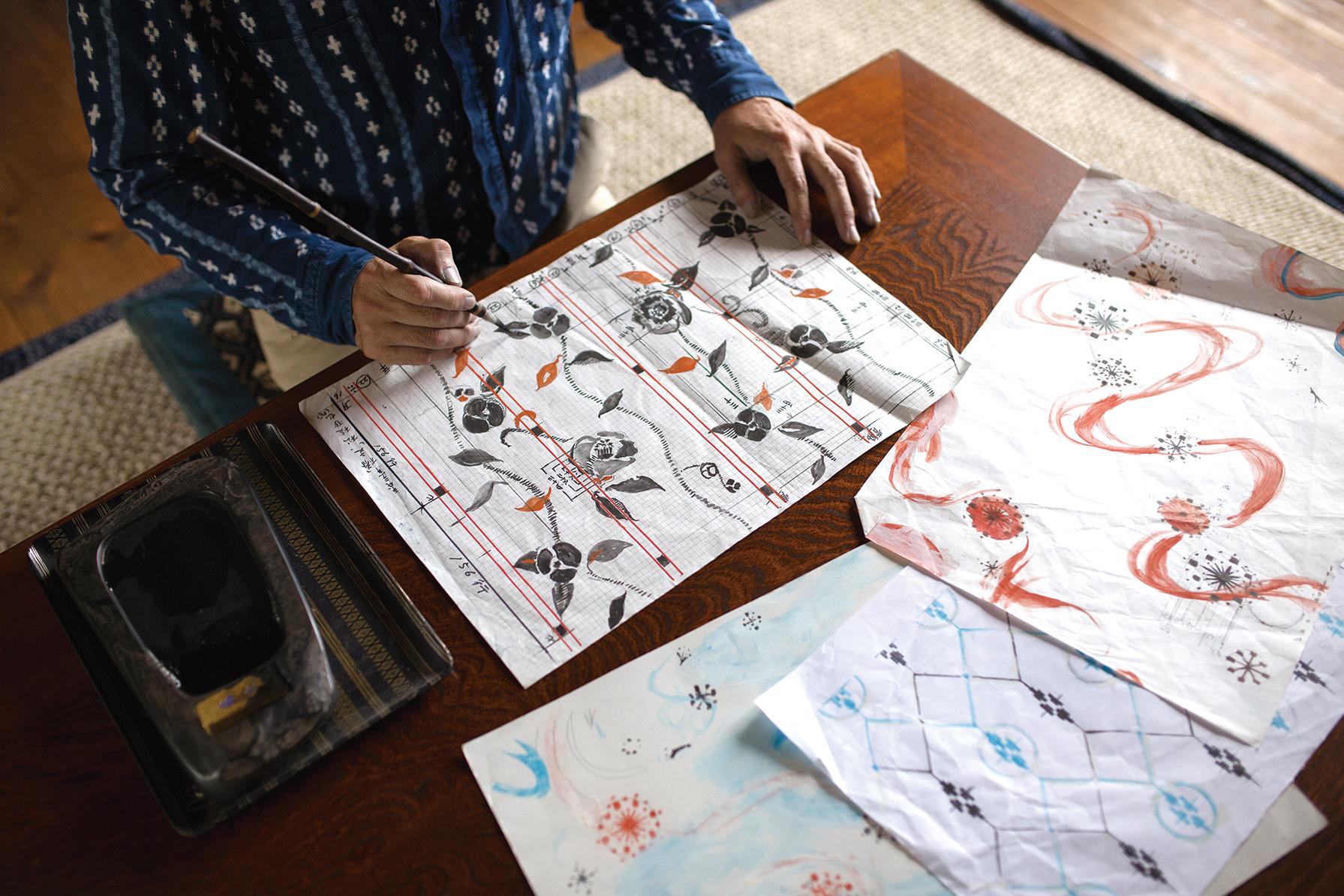
The history of Kurume Kasuri began around 1800 in the late Edo period (1603-1868) with a 12-year-old girl named Inoue Den who lived in a rice shop in Kurume at that time.
Originally, when the girl washed her indigo-dyed kimono many times, the color fell out and white spots appeared.
To examine the white spots, the girl untied the threads and dyed new threads just like the ones that appeared.
It is no exaggeration to say that the girl’s inquisitive mind gave birth to the prototype of Kurume kasuri, and the fabric created at this time was named kasuri and production began, which quickly became popular.
As various techniques were developed, the production volume and apprenticeship gradually increased.
By 1827, there were more than 1,000 apprentices, and eventually about 400 were scattered throughout the country, spreading Kurume kasuri throughout the nation.
Production increased significantly with the advance of mechanization during the Taisho and Showa periods, but gradually declined and production dropped off after World War II, when cotton fabric production was banned.
To add insult to injury, the postwar surge in demand for Western-style clothing led to fewer people wearing Kurume-gasuri kimonos.
Nevertheless, even after being designated as a traditional craft, there is still a certain level of demand, and many people still prefer to use it.
It is also important to note that some craftsmen are now creating clothes using Kurume-gasuri kimono.
Production process of Kurume-gasuri
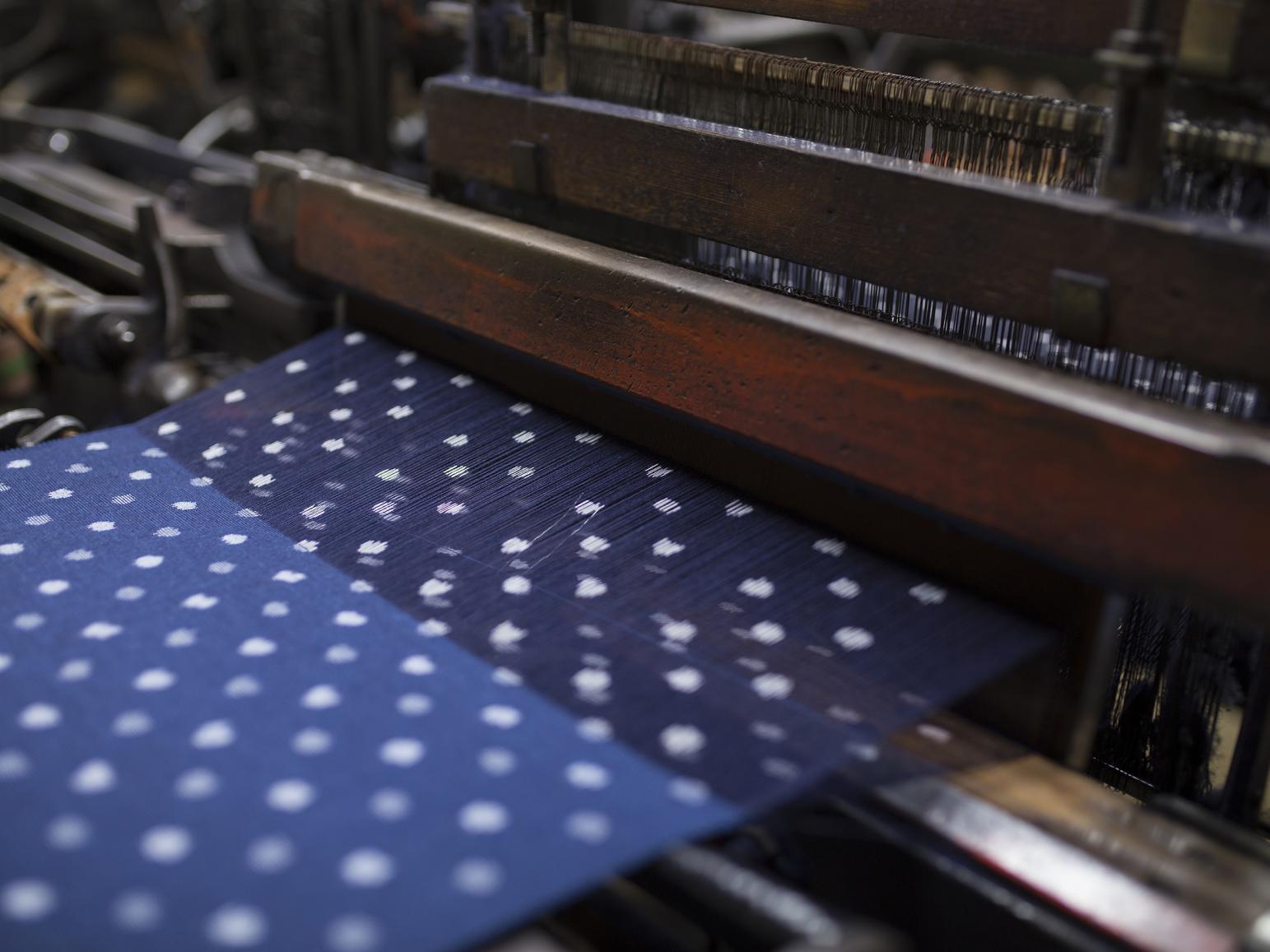
The production process of Kurume Kasuri is as follows.
- pattern making
- Drawing paper
- Sutra scale making
- Drafting
- drawing thread
- drawing on the sutra
- Cutting and drawing
- Threading
- bleaching
- gluing
- tying by hand
- Indigo construction
- indigo dyeing
- washing in cold water
- Kasuri Unraveling
- Washing and bleaching
- Glueing & Drying
- Suture split (pattern matching)
- Glueing and drying
- Interrupting and reeding
- warp winding
- heddles through the heddles
- Machining
- Weft split
- Frame lifting
- Tubing
- Hand weaving
- Drying
- Preparation
- Inspection
Basically, all of the above processes result in Kurume kasuri of high quality and elegant colors.
Kurume kasuri is basically produced one by one by hand by skilled and experienced craftsmen, so you can feel the high level of perfection that only a traditional craft can provide.
Characteristics of Kurume Kasuri

Kurume Kasuri has the following characteristics.
- Each piece is produced by hand
- Vivid and deep indigo colors
- Hand-woven using a throwing shuttle
- Comfortable to wear, and the more you use it, the more it tastes good
Let me explain the characteristics of Kurume Kasuri.
Each piece is produced one by one by hand
Kurume kasuri is basically produced one by one by hand by craftsmen.
It is produced by weaving a bundle of threads, which are then dyed, and this process is called “tekkotsukuri.
The reason why some of the processes of Kurume kasuri are not done by machine is that the color and overall finish of Kurume kasuri is greatly influenced by the hand-knotting of the craftsman.
The threads must be prevented from unraveling while they are being dyed, and they must be untied by hand so that they can be easily untied, making the skillful technique of the craftsman essential.
While other work processes are done by machine, the hand-twining process is the only process in which craftsmen are in charge, as it produces a deep flavor that cannot be produced by a machine.
Vivid and deep indigo color
One of the main attractions of Kurume Kasuri is its vivid and deep indigo color.
Only fabrics made with natural, genuine indigo can be called Kurume kasuri.
Kurume kasuri is designated as a traditional handicraft because the craftsmen’s skillful techniques produce a very beautiful, vivid, deep indigo color.
The technique for producing the vivid, deep indigo color has basically remained unchanged since ancient times, and the yarn is dyed by fermenting natural indigo.
This technique gives the yarn a beautiful finish with a sense of materiality and flavor.
Hand weaving with a bobbin
An extremely important finishing touch that gives Kurume kasuri its rustic flavor is the hand-weaving process using a throwing shuttle.
A nagehitotsu (a shuttle throwing machine) is essential for hand-weaving with a throwing shuttle.
The throwing shuttle is not something that just anyone can handle; it must be handled by a skilled craftsman who has cultivated a variety of techniques and experience.
Of course, there are shuttle shuttle shuttle machines that can be used to increase production, but no machine can produce the texture of Kurume kasuri that is created by the handwork of skilled craftspeople.
The softness, durability, and unique beauty of the atmosphere can only be created by skilled craftsmen.
Comfortable to wear, and the more you use it, the more it tastes good.
Kurume Kasuri is not only comfortable to wear, but also has a great feature that the more you use it, the more it tastes good.
The cotton material used makes it breathable, keeping you cool in the summer and warm in the winter as it is designed to prevent heat from being released. Since this alone makes it quite comfortable to spend time in, it will be quite useful as everyday wear.
Furthermore, the more you wear it, the more comfortable it becomes against your skin and the better its texture becomes, and the stronger the fabric is, the more durable it is.
Another feature that can be mentioned is that the more you use it, the more the pattern will blur or become hazy.
At first glance, it may seem as if it is deteriorating, but this is because it is produced by hand, and conversely, it is a point that gives it a sense of familiarity.
Although the designs are rustic, various techniques have been developed through technological advances.
Conclusion
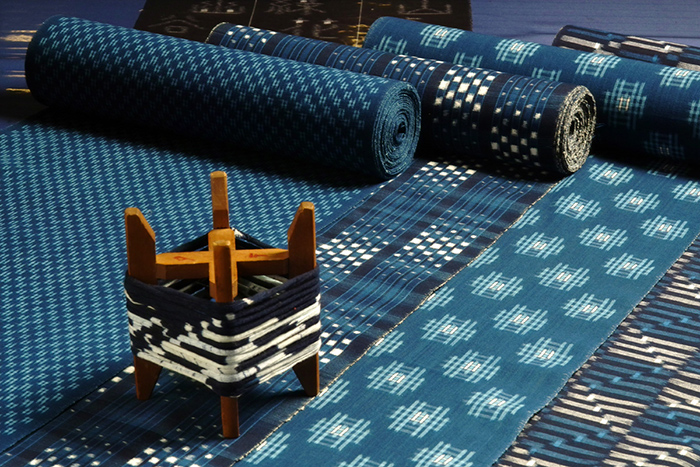
Kurume Kasuri is known as a beautiful fabric with vivid, deep indigo colors that is still in constant demand.
It is soft, durable, and breathable, and the more it is used, the more it tastes good, so many people probably use it for a long time.
If you are interested in Kurume Kasuri, you should definitely consider purchasing something made of Kurume Kasuri.
Source
Kurume Kasuri|Travel Features|[Official] Fukuoka Prefecture Tourism/Travel Information Site “Crossroad Fukuoka
Kurume Kasuri|Fukuoka’s Traditional Crafts|Fukuoka x Culture|Across Fukuoka




